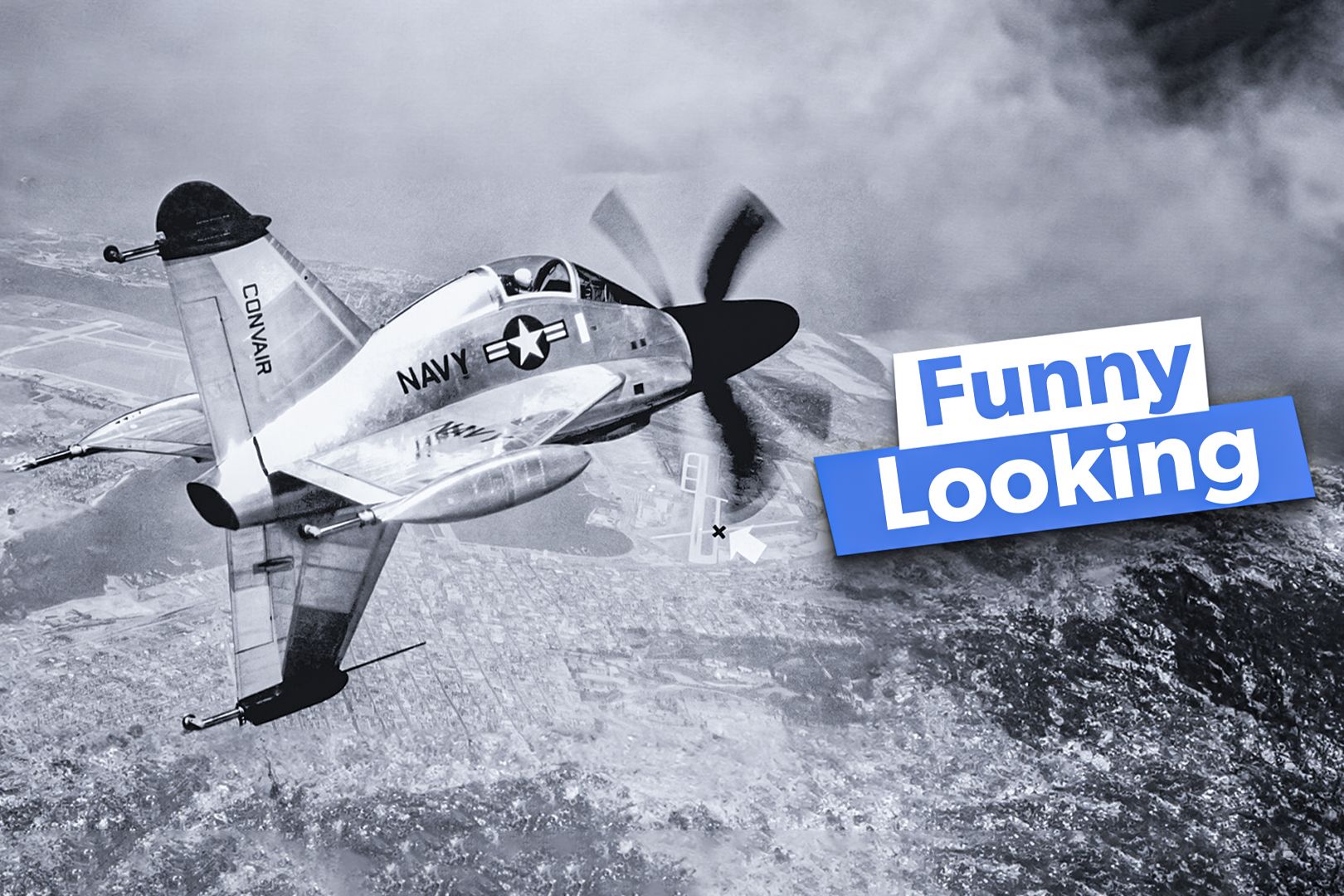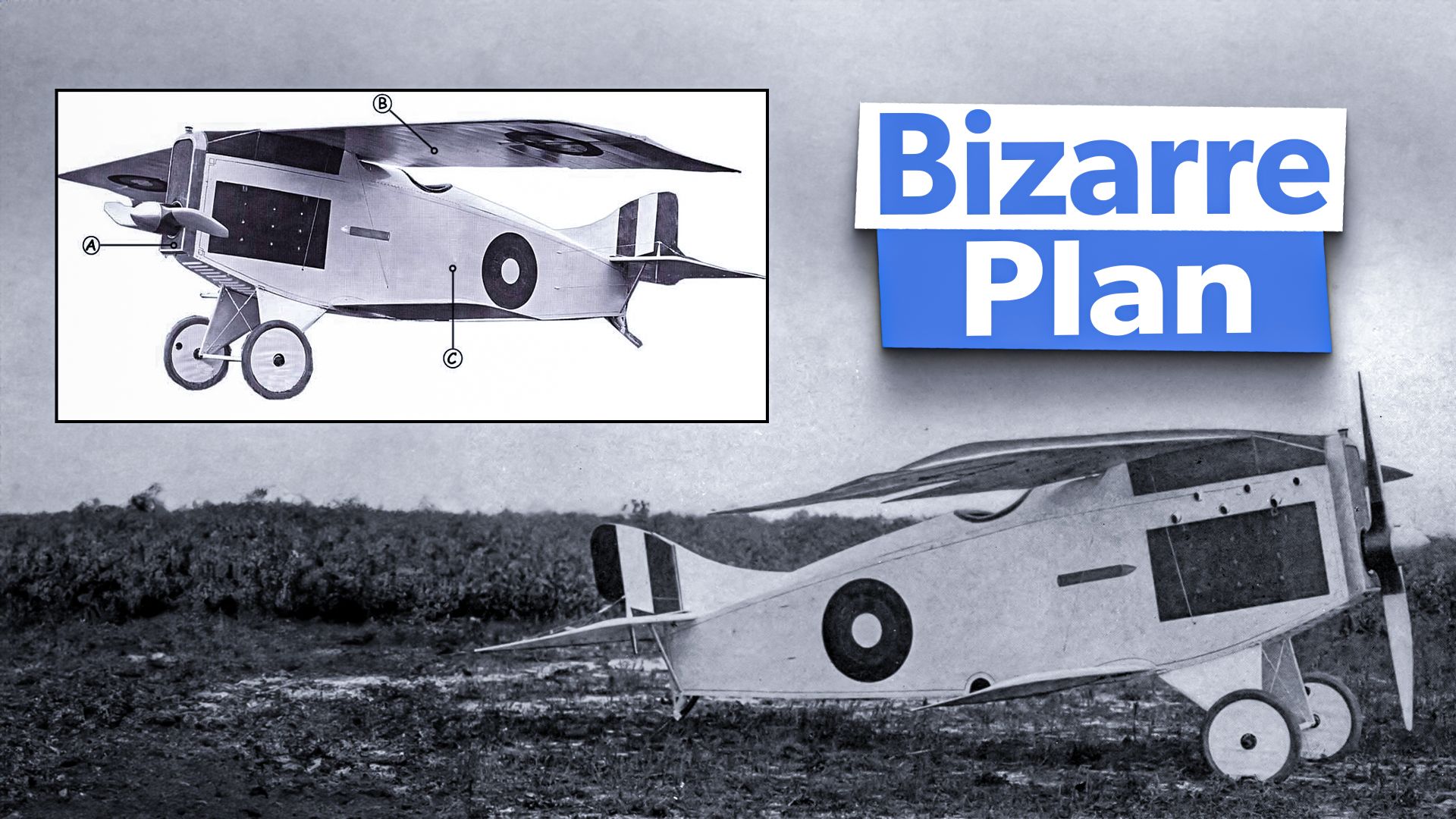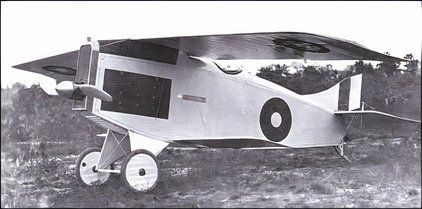Summary
- The Christmas Bullet was a failed, unairworthy aircraft built to fulfill Dr. Christmas’s ambitions.
- Christmas had no aviation background, and the flawed design led to the deaths of 2 test pilots.
- Despite its failures, Christmas made unfounded claims about selling aspects of the doomed design.
The drive to create and invent new aircraft can lead to success or failure, especially in the early days of aviation when we were figuring out what makes an aircraft tick. Most failed projects designed and built in earnest were beneficial in one way or another, either teaching us lessons or yielding a novel design implemented correctly later on.
The Christmas Bullet, also known as the Cantilever Aero, is none of that. The aircraft is so terrible that it is often called the worst aircraft constructed for its time. But why? Mainly because it was built to satisfy the ego of one man. It also has the distinction of being the only aircraft that has killed two test pilots in two flights. Let’s find out more about the worst military aircraft in history.
The man
The Christmas Bullet was designed and built by Dr. William Whitney Christmas. His Wikipedia bio describes him as a physician, pioneer aviator, and supposed con man. Dr. Christmas was a medical doctor with no engineering or aeronautical experience whatsoever. His educational background before practicing medicine was in Art.
When the Wright Brothers took flight in 1903, Christmas is said to have become enamored with aviation and left his medical practice to start building airplanes. Christmas is a self-proclaimed pioneer, claiming to have built, tested, and successfully flown an aircraft of his own design in March 1908. However, there is no evidence to back up the claim. According to Aerospaceweb, Christmas said that he burnt the aircraft down himself after it crashed into a tree to prevent any secrets from escaping.
In 1909, Christmas patented, built, and flew a biplane called the Red Bird. The aircraft is known for its anhedral upper wings and dihedral lower wings. It should be noted that the aircraft is a carbon copy of another aircraft, which is coincidentally also called the Red Bird by a company named AEA. Many historians believe that Christmas stole and patented the designs for the Red Bird from AEA.
Regardless, the Red Bird and subsequent Red Bird II – a modified version of the initial model – got him the funding to start his own company. In 1910, the Christmas Aeroplane Company was founded. Christmas even penned an op-ed editorial in the New York Times detailing all the revolutionary planes he’d developed and made the rounds at air shows touting his experience as an aircraft designer and pilot.
The plane
In 1918, the World War was in full swing, and people wanted a swift end to the carnage. Christmas said that he had plans for an aircraft that could comfortably fly over Germany, kidnap Kaiser Wilhelm II, and fly back to the US—an aircraft that could end the war. And people believed him.
Christmas enlisted Senator James Wadsworth’s support to procure engines for the aircraft, which were scarce in wartime. Wadsworth convinced the Army to supply the engines, with the caveat that the Army could see and test the aircraft on the ground before it was flown.

Related
How Difficult Is It To Restore A WWII Plane?
Quite difficult, but ultimately rewarding: Simple Flying gets some firsthand perspectives on these worthwhile projects.
The engine that powered the aircraft was the Liberty Six engine, a prototype from the same that produced the L8 and L12 engines.
Christmas also enlisted the help of the desperate and nearly bankrupt Continental Aircraft Company of Amityville, Long Island, to build the airframe for him. While creating the airframe, Christmas didn’t draw designs or specifications for the aircraft. He was afraid to commit them to paper because they were so bizarre.
The people at Continental questioned his ideas, especially his theory that the struts and braces along the wings and fuselage should be removed. He wanted the wings of his biplane to flap like a bird’s wings.
In addition, he insisted that the fuselage should be made of hardwood and steel at a time when most were made of fabric and wood to reduce weight. To make matters worse, the materials were not considered “aircraft grade” and were heavier than would be used on a typical aircraft.
Continental’s Chief Engineer, Vincent Burnelli, tried to change the design, but Christmas ultimately had his way. The Christmas “Bullet” was born. But by the time the aircraft was built, the war had ended.
Failures and fatalities
Christmas had a tough time finding test pilots to fly his contraption. Most looked at the aircraft and walked away, knowing it was unairworthy. According to Auto Evolution, the US Army Air Service explicitly told Christmas to only ground test the aircraft until they could determine if it was capable of flight. But he ignored the Army’s warnings.
With the war over, many pilots returned from the war looking for work, and he managed to find a test pilot in Cuthbert Mills. In January 1919, Mills got behind the controls and began the test flight. A few seconds after the aircraft got airborne, it buckled under its own weight, and the wings ripped off the heavy fuselage. The aircraft crashed and killed Mills. Even more unfortunate, his mother was in the audience.
Undeterred, Christmas built a second Bullet without making any changes to the aircraft and attempted to test it again, with pilot Lt. Allington Joyce Jolly behind the controls. Once again, the same thing happened. The aircraft got airborne, but the wings tore off the fuselage, and the aircraft crashed and killed the pilot.
Christmas went on to claim that though the bullet was a failure, he sold the design of the wings to the US Army for $100,000. He spent the remainder of his life telling tall tales and trying to secure more funding for more projects.
Continental’s Vincent Burnelli, on the other hand, was so distraught with how things turned out that he spent the rest of his life helping to advance aeronautical safety.

Related
Convair XFY Pogo: Why The US Navy’s Funny-Looking VTOL Experimental Aircraft Program Failed
Besides the pogo stick and the Pogo comic strip, there was also the Pogo V/STOL fighter plane. It predated the Harrier by over a decade.



